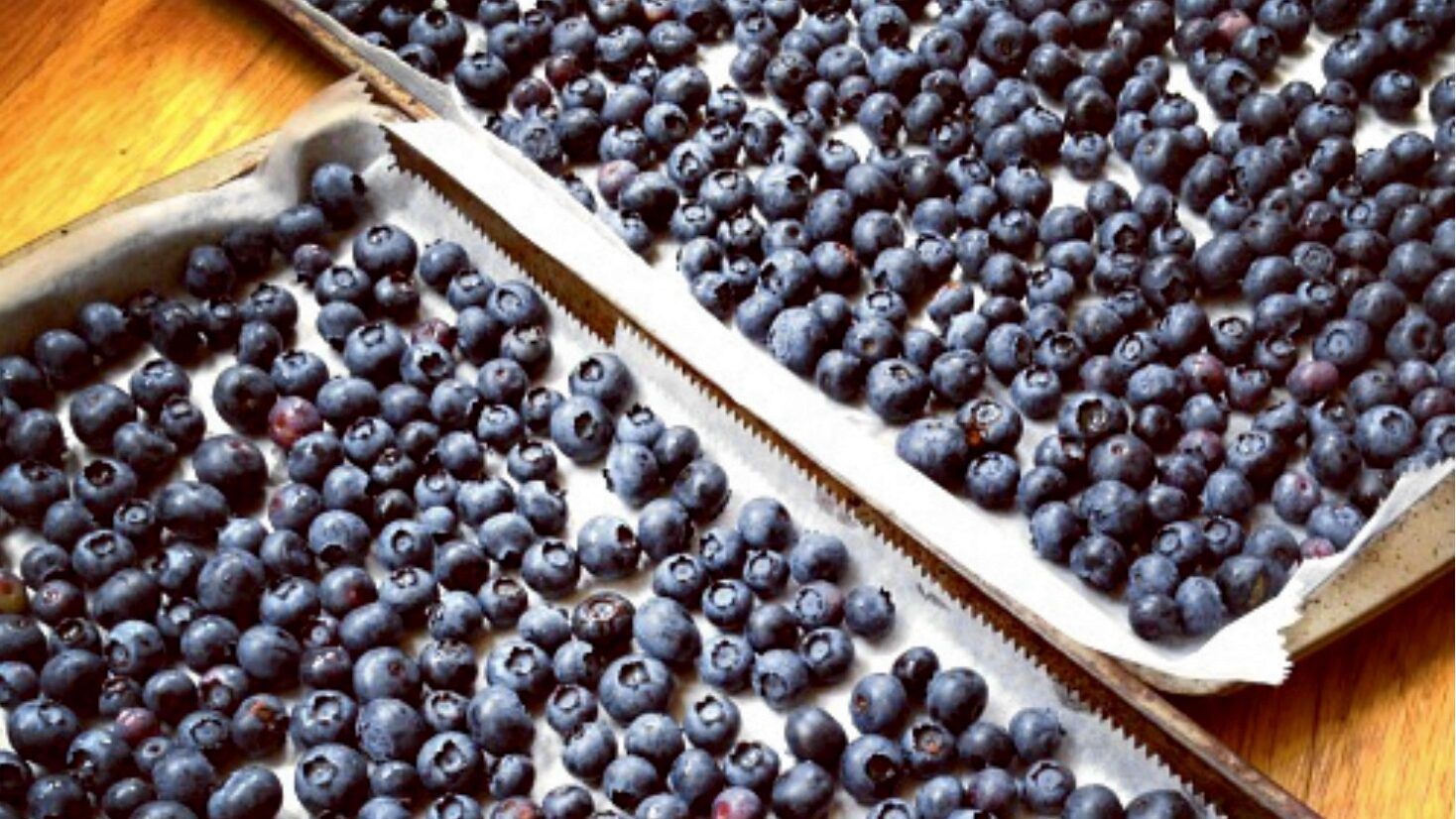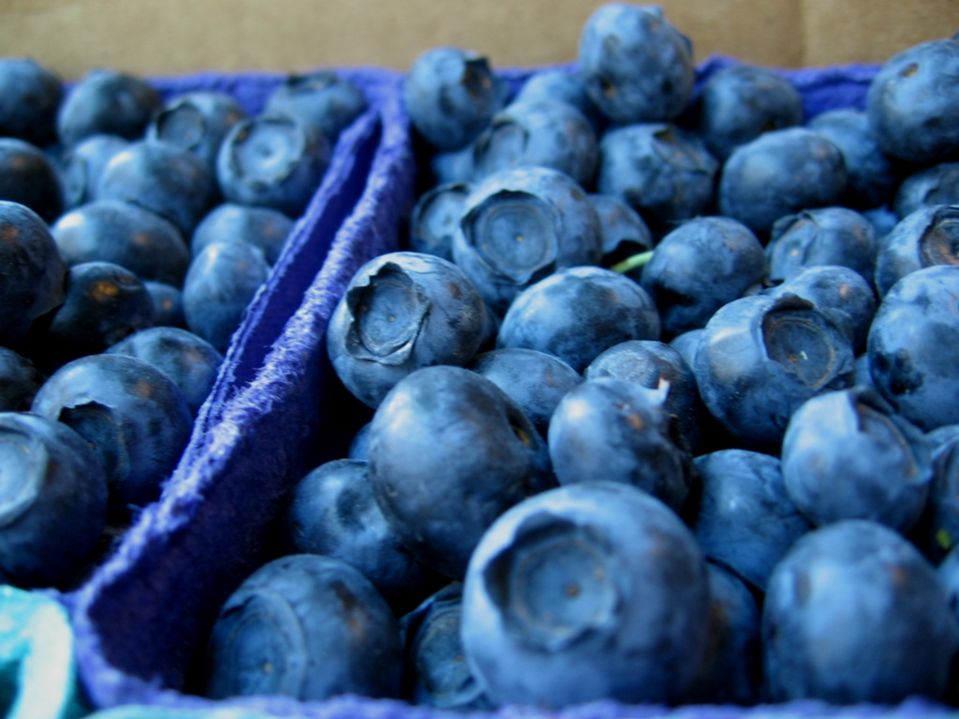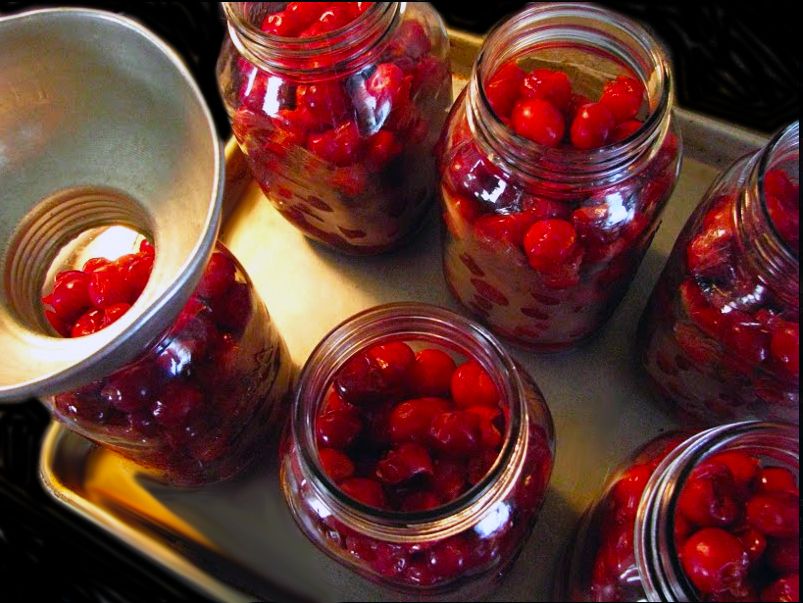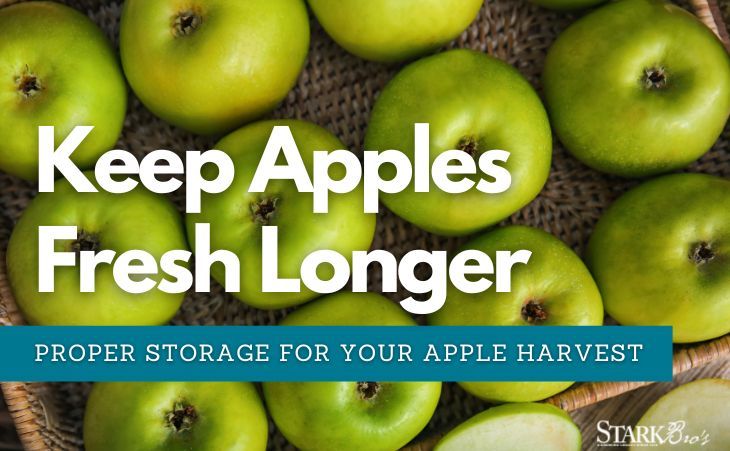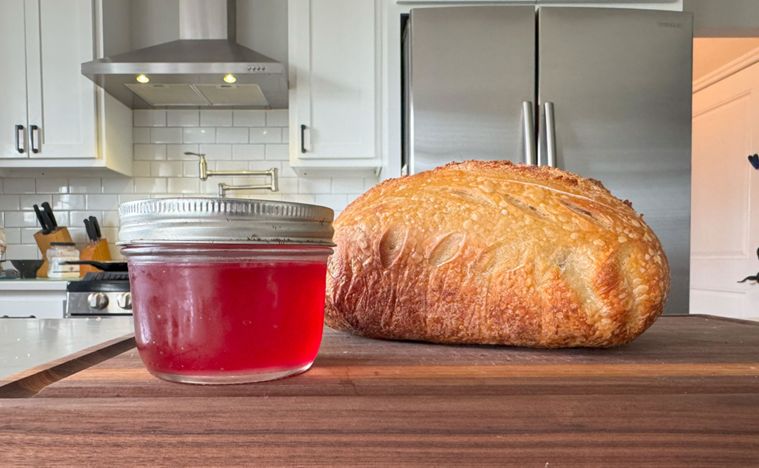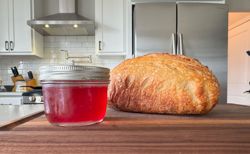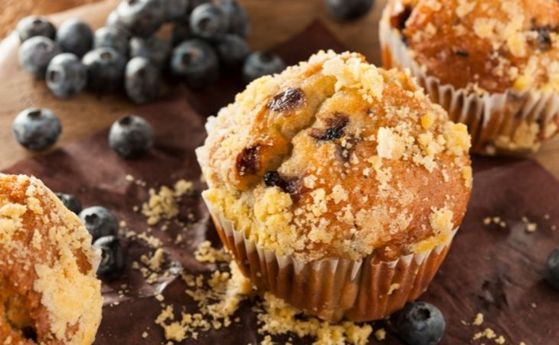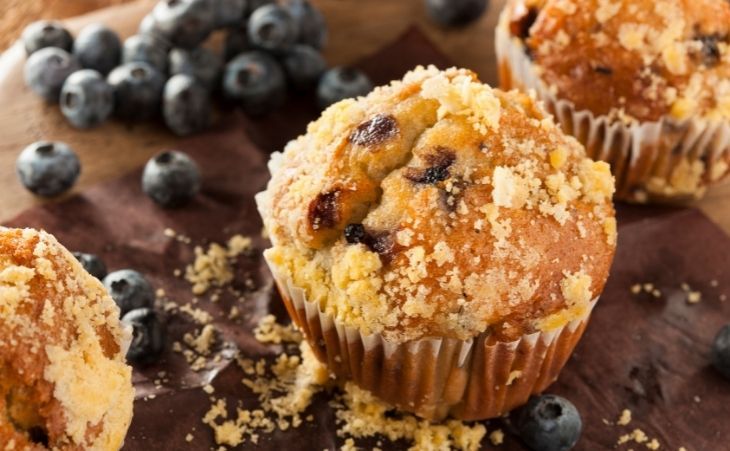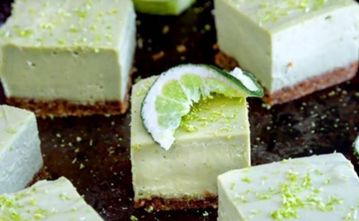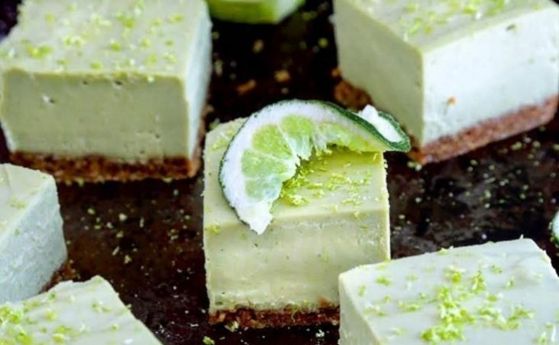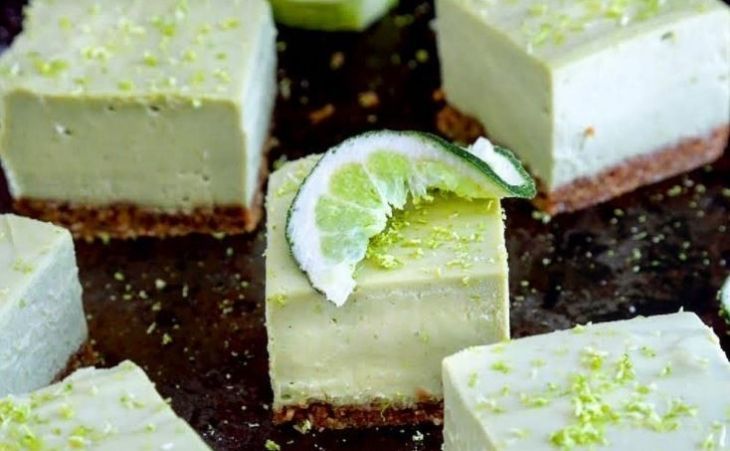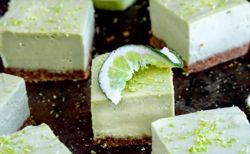Freezing Your Fruit Harvest
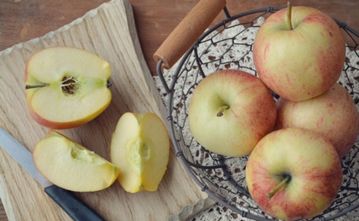

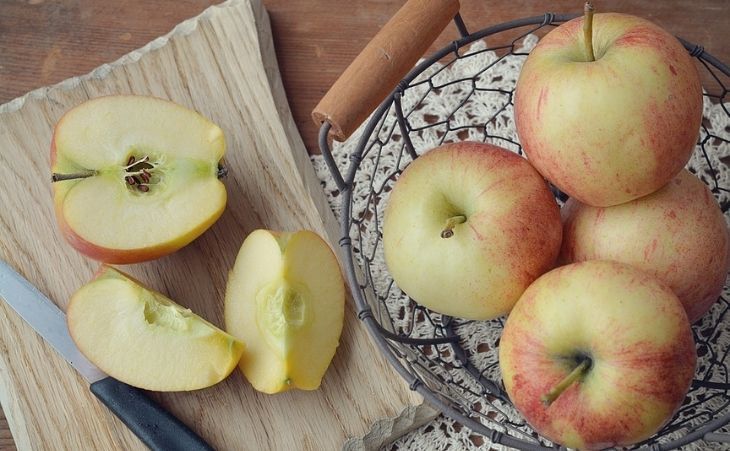
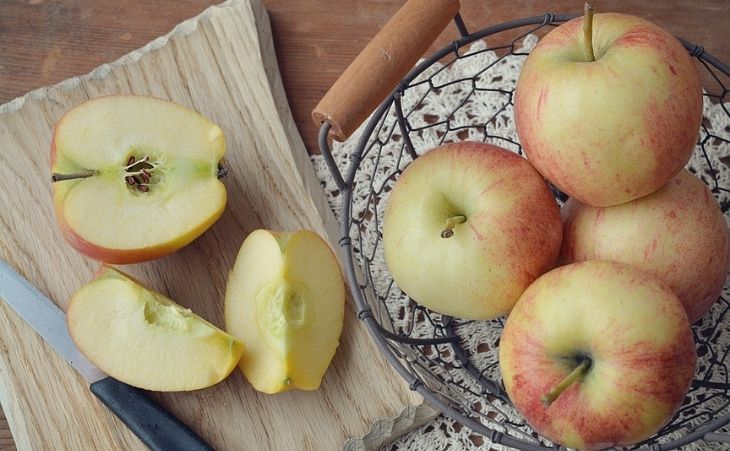
Fruit from the freezer is good for smoothies, sauces, and most baking projects. We have gathered some step-by-step instructions and tips to help ensure your fruit tastes as fresh as the day picked.
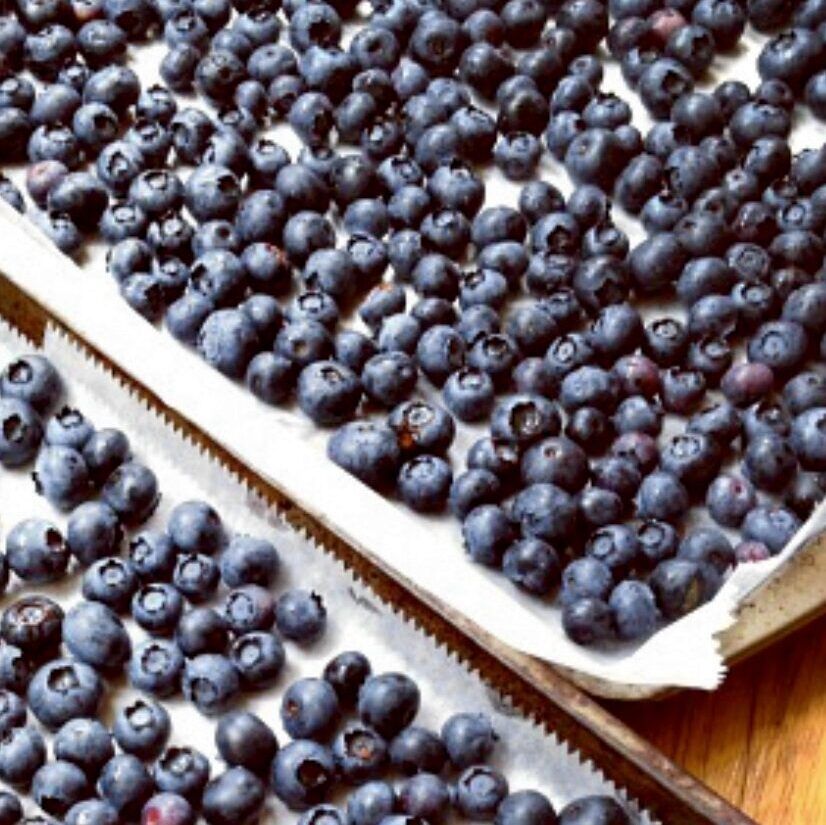
Freezing Berries
When freezing, always choose fruit at its peak of maturity. Use this simple method for almost any kind of berry:
- First, rinse carefully and allow to fully dry on a towel.
- Then, lay them out in a single layer on baking sheets and place in the freezer.
- When they are frozen, transfer them to a freezer bag or container and place back in the freezer for long-term storage. This will prevent the berries from clumping.
If you’re using the berries in baking or in a smoothie, there’s no need to defrost them.
Freezing Apples
Freezing apples requires a quick trick. By following this method, your apples won’t turn brown in the freezer:
- First, create a salt water solution. For every 8 cups of water, stir in 2 tablespoons of salt and stir to dissolve.
- Submerge peeled, sliced apples in the salt solution – this will prevent them from turning brown. Soak for 3 minutes and drain in a colander.
- Then place in freezer bags and label. Lay them flat in the freezer for easy thawing.
This method works for any type of apples and is quick and easy – making apples available for holiday baking!
Freezing Pears
You can freeze your pear harvest similarly to freezing apples. Although, you will want to let your pears ripen after picking first.
Once your pears are at their ripen peak, get them ready for the freezer in a few steps:
- First rinse the pears and peel them using a potato peeler. Slice pears in half.
- Then use a melon baller to scoop out the seeds, and a paring knife to remove the stem.
- Fill a large pot with water and squeeze a lemon into it. As you slice the pears, drop them into the lemon water. The acid of the lemon will keep them fresh and white until you are ready for the next step.
- Place the pear slices in a single layer on a cookie sheet. Freeze until solid. Remove and pack into freezer safe bags. (some choose to freeze in a syrup).
- Pack them into freezer bags, removing as much air as possible.
Defrost in the refrigerator and enjoy!
Freezing Peaches & Other Stone Fruit
By keeping peaches on hand in the freezer, you can be transported to the deliciousness of summer year-round. Freezing peaches and other stone fruits do require a bit of work – given that you must peel their delicate skin. By blanching the fruit first, the task is much more bearable. Blanching (boiling, then flash freezing) firms the flesh, heightens flavor, and loosens the skin to ease peeling. It also slows enzymes that cause loss of flavor and color in your peaches.
- First, wash the peaches with cool tap water and then drain. Then, use a knife to make a shallow X on the bottom of each peach. This step allows for expansion when the peaches get blanched.
- Next it’s time to blanch the peaches. Bring a large pot of water to boiling and fill a large bowl with ice water. Carefully lower a few peaches into the boiling water and remove after 30 to 60 seconds. Using a slotted spoon, transfer peaches from boiling water to the bowl of ice water.
- When the peaches are cool enough to handle, use a knife or your fingers to peel the skin from each peach. Then, using a sharp knife, cut each peeled peach in half around the pit.
- Gently twist each half, then, using your knife again, pry the pit out of the peach. Slice them up as you like and freeze with water or sugar.
Thaw in the refrigerator when ready to use.
Freezing Bananas
If you’re lucky enough to get your bananas to fruit or you want to stock up at the farmer’s market and have a bounty in need of preserving – freezing this fruit is a breeze.
- Simply peal, cut into large chunks, date and freeze in bags.
Add to smoothies as desired, but for bread or muffins, allow bananas to thaw completely before using them in a recipe.
Always Label each container with its contents, the amount, and the date. Use frozen fruits within 8-10 months.
Get Freezing!
Of all the food preservation methods, freezing is one of our favorite ways. You likely already have the necessary tools and it’s a simple and rewarding task for anyone committed to cost effective, healthful fruit preservation. It is also the best method for keeping your fruit’s color, quality, and nutrients.
We hope this served as a quick guide to preserving and freezing your fruit harvest to enjoy for seasons to come!

